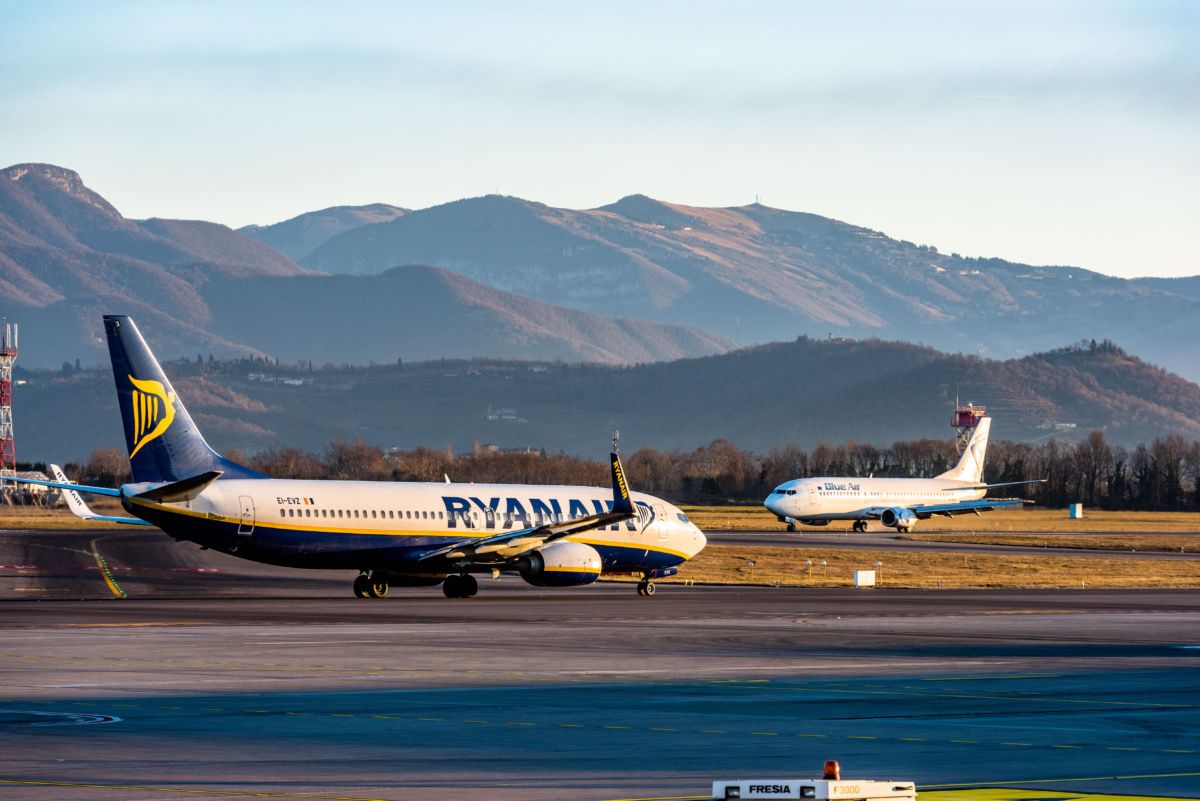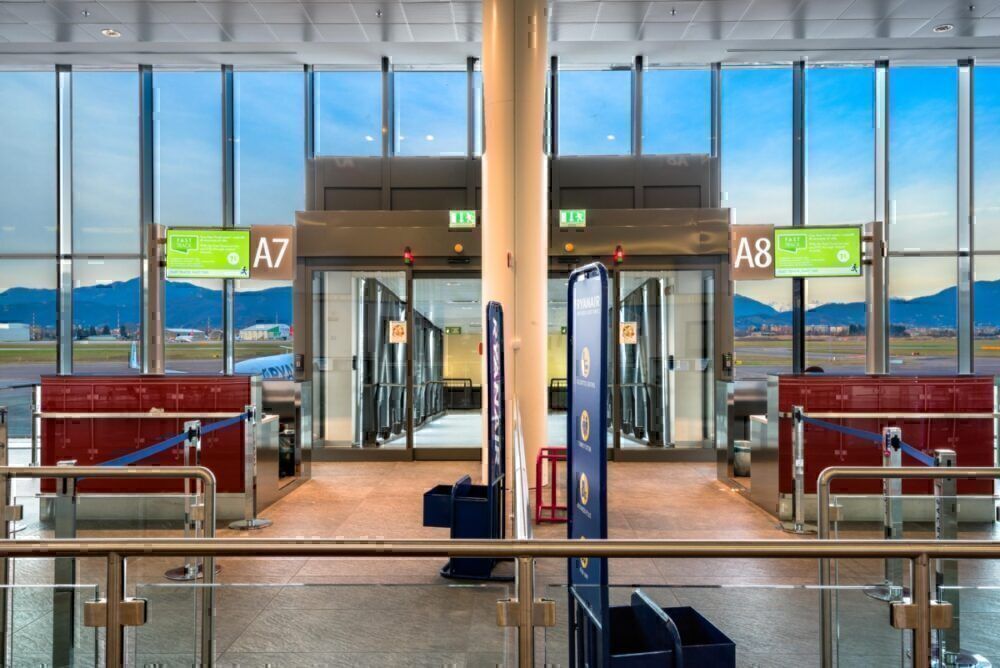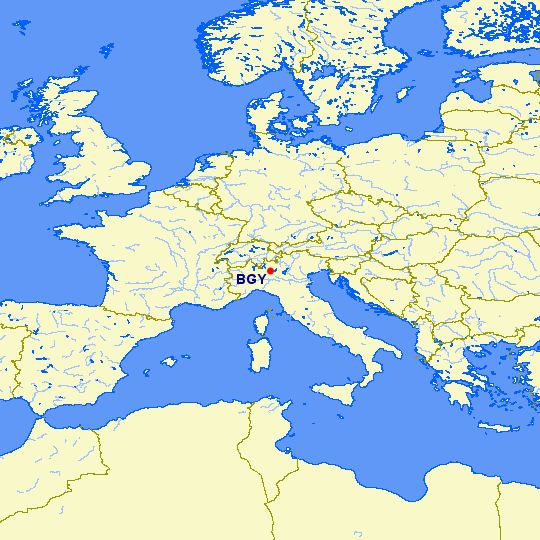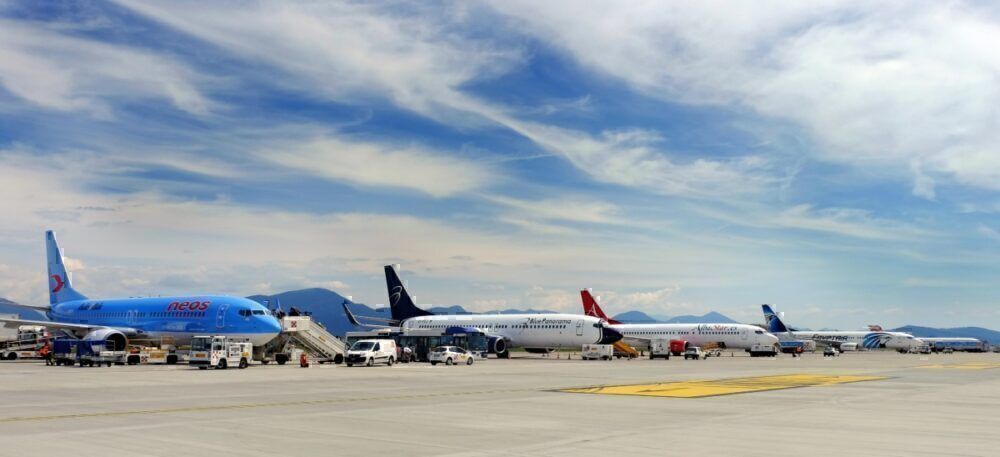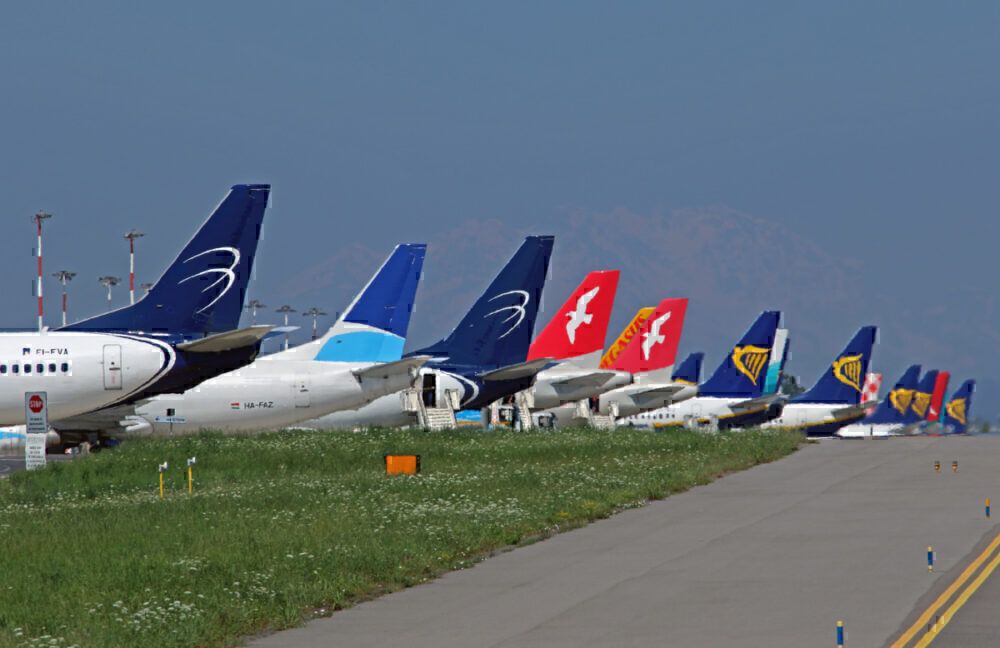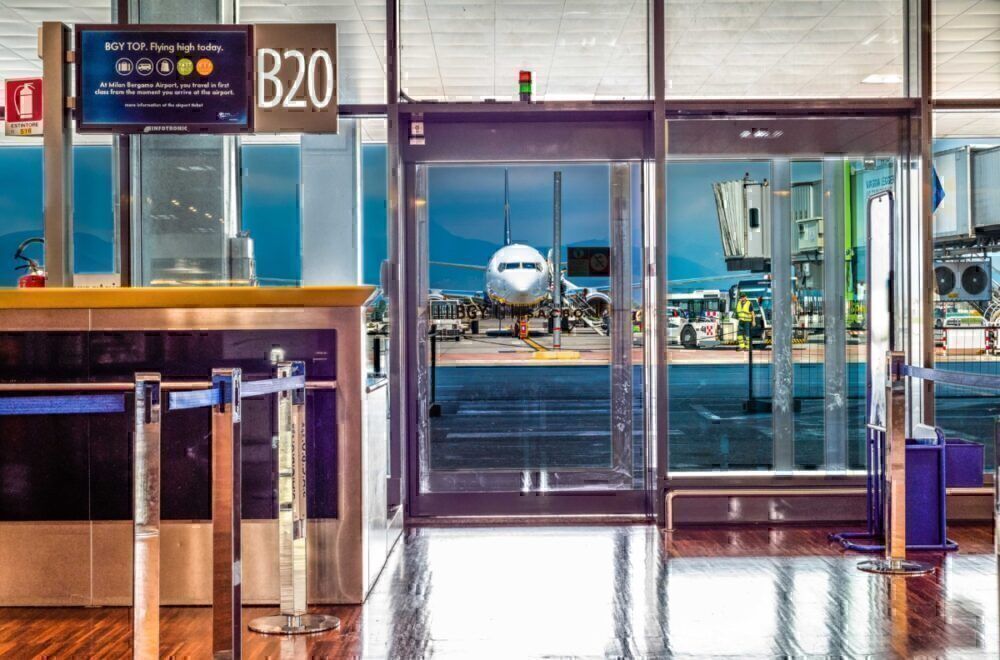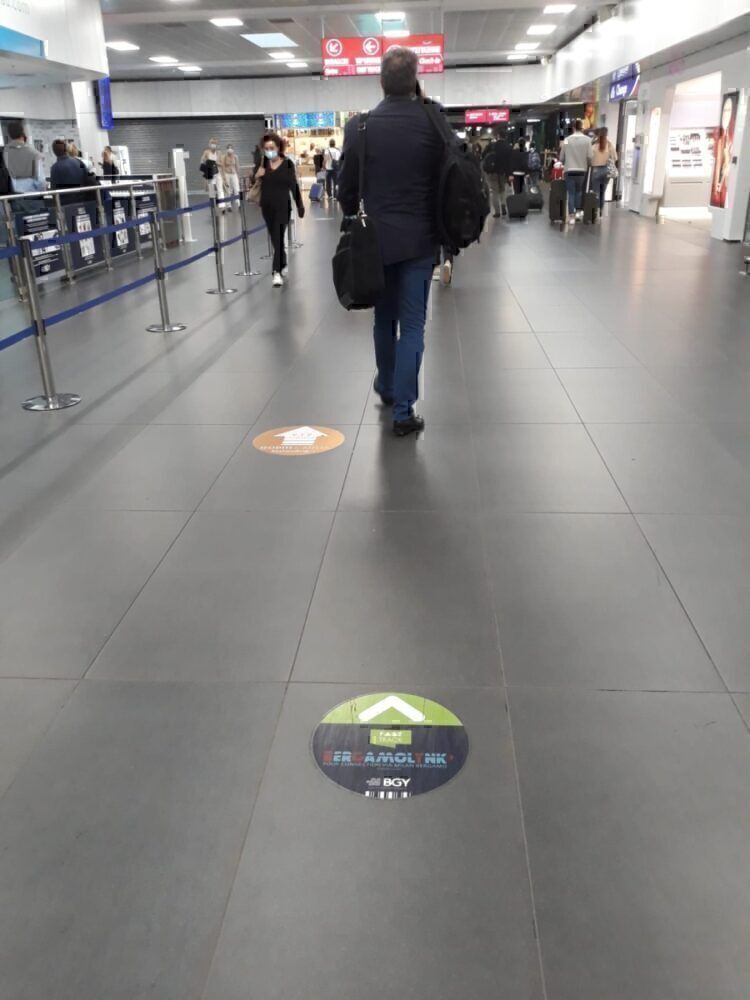Milan Bergamo airport has gone from being a small, barely used airfield to the third biggest in Italy. While there's a lot to love about Bergamo itself and the surrounding area, it has played a significant role as a hub and spoke connecting airport for travelers moving east to west and north to south. Without a hub and spoke airline in place, how has it managed to do this?
Does hub and spoke require a dedicated airline?
Hub and spoke operations have been a mainstay of long-distance travel for many years. Airlines feed into a central hub, where passengers can connect onwards to other destinations around the world. It has fueled the growth of the Middle Eastern airlines and is still seeing airlines like Ethiopian soaring to great heights.
But there is also a role for hub and spoke on a smaller scale. With the right geography and facilities in place, shorter haul hub and spoke can open up a vast network of destinations to air passengers. All you need then is a hub and spoke airline to operate the services. Or do you?
Milan Bergamo airport has set itself up as a European hub. It offers easy connections to more than 100 destinations around north, south, east and west Europe, as well as into the Middle East and North Africa. But its biggest airlines tend to be low-cost carriers, such as Ryanair, Pegasus and Wizz; there is no hub and spoke airline at the airport. Here's how Bergamo makes it work.
Stay informed: Sign up for our daily aviation news digest.
Location is everything
The reason hub and spoke grew out of the Middle East so virally in previous decades was partly due to the airlines' unique location between Europe and Asia. That centrality of their operations made it easy to connect east and west, and fueled their growth as the world began to move.
Milan Bergamo has many of these positive characteristics, albeit on a slightly smaller scale. We talked to Giacomo Cattaneo, Director of Commercial Aviation at SACBO, the airport operator at Milan Bergamo Airport, who explained why location is so important.
"If you look at the map of Europe, we are central, in the middle. From here, from the center of the north of Italy, in about two hours, you can get to the vast majority of places in Europe. There are other places we can also include in that list; Moscow with Pobeda, Istanbul with Pegasus or we have Morocco with both Ryanair and Air Arabia.
"Our position here allows us to create a network north to south, east to west, so it's a great location."
With location ticked off, the airport needed passengers to want to connect through BGY. And connect they did.
The rise of self-connection
In the past two decades, Bergamo Airport has grown by a staggering 1,300%. Through close cooperation with airlines, improvement of facilities and Cattaneo's determination to see the airport succeed, passenger traffic grew from a mere one million in 1999 to almost 14 million last year. Cattaneo said that this growth fueled an exponential rise in passengers wishing to connect through the airport.
"We reached the point where we had more than 140 different destinations from the airport. With Ryanair operating a number of trunk routes with three to four daily flights, it was natural that some people already tried to self-connect."
Connecting across the same airline is usually simple. Buying a through ticket with Ryanair, for instance, which stops in Bergamo before carrying on to a final destination, comes with its own level of protection and assistance. The airline will handle the bags right through, and should the itinerary become disrupted for any reason, Ryanair would be responsible for getting the passenger to their destination on another flight.
However, the issue comes when the tickets are not all with the same carrier. Low-cost carriers don't tend to interline, and with Bergamo being such a hub for LCCs, many passengers were buying tickets on multiple airlines with a transfer through the city. That presents its own set of problems.
Issues with self-connecting
Landing on a flight with, say, Ryanair, with a following flight on a different airline can be a headache. Passengers need to retrieve their bags from the carousel, head back through passport control, and restart the entire process from check in to security all over again. If the first flight is delayed and the passenger misses their connecting flight, that airline has no responsibility to the passenger. The booking is simply lost, and the passenger stranded.
Bergamo noticed the rise in passengers attempting self-connection in this way and decided to do something about it. Cattaneo told us,
"We thought, let's try to work with someone. We found a partnership with Kiwi, which serves as a facilitation of self-connection."
Enter Bergamolynk
With the help of travel firm Kiwi.com, the airport launched a product known as Bergamolynk. This product facilitates using Bergamo airport as a hub airport, with connecting flights across Europe and the world and an easier means of transfer.
Passengers wishing to self-connect at BGY simply book through the Kiwi website, and then are entitled to special privileges at the airport. From deplaning their first flight, they still need to collect their own luggage but can then proceed to the VIP lounge where a dedicated desk checks in the bag for their onward flight.
They then have access to fast track security, allowing them to bypass any queues. Giacomo estimates that, thanks to Bergamo still being a relatively compact airport, connections are possible in less than an hour (on-time arrival dependent), making it as easy as connecting through a hub and spoke airport like Dubai.
As passengers' book through Kiwi, they are also protected by the flight connection guarantee. That means that if a flight is delayed and they miss their connection, Kiwi will be on hand to arrange alternative travel. Airlines feed each other passengers, and the airport runs a hub and spoke operation without any bespoke carrier facilitating it.
It's this kind of innovative thinking that has taken Milan Bergamo from barely four million passengers in 2005 to almost 14 million last year. While this year will certainly shape out differently, Giacomo remains optimistic that the airport will return to growth soon.

